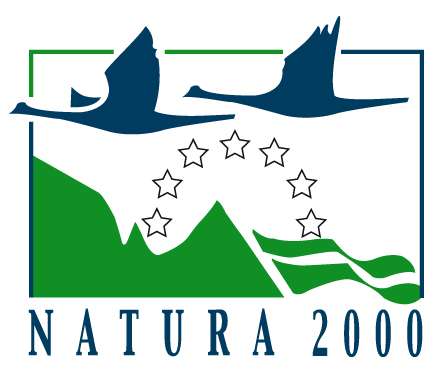

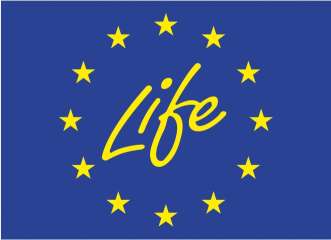
Project actions and expected results
Project activities in Hortobágy
1. Evaluation of past space use and exposure of LWfG to hunting in the Hortobágy area (project action A.5)
2. Providing safe feeding sites for LWfG on croplands by cultivating and offering preferred crops within Hortobágy National Park (HNP) (D.1)
3. Providing safe feeding sites for LWfG on steppes by improving grasslands by grazing and irrigation within HNP (D.2)
4. Improving and maintaining sites optimal for roosting of LWfG on fishponds within HNP (D.3)
5. Raising public awareness to the threatened status and identification of LWfG, particularly amongst hunters (E.1)
6. Monitoring of the Fennoscandinavian LWfG-population and monitoring of habitat management actions (F.3)
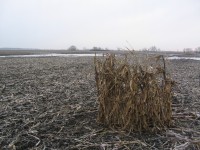
Hide used in
goose-hunting
(© János Tar)
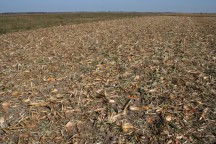
Crushed maize:
feeding site for
geese (© János Tar)
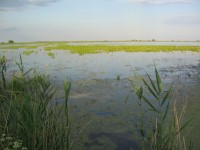
Half-inundated fishponds provide optimal roosting
sites for LWfG and
tens of thousands
of
other birds on migration
(© János Tar)
Expected results in Hortobágy
We will establish and maintain feeding areas (175 ha) and roosting areas (600 ha) in hunting-free HNP areas for LWfG and other migratory species:
- we will cultivate high-quality goose food on 100 ha croplands, whereas we will offer crops preferred by geese on other lands (25 ha)
- we will establish optimal feeding conditions on grasslands (50 ha) by allocating grazing and irrigation by the time LWfG arrive to Hortobágy (September)
- we will establish roosting sites on at least 600 ha by keeping water levels optimal for LWfG and other geese and migratory species
We expect that LWfG will spend more time in safe (hunting-free) areas. We will monitor the achievement of this goal by data collected in regular monitoring activities.
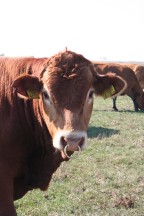
Irrigation in August following grazing
in July induces fresh growth of grasses preferred by LWfG by September, when
they arrive to Hortobágy
(© János Tar)